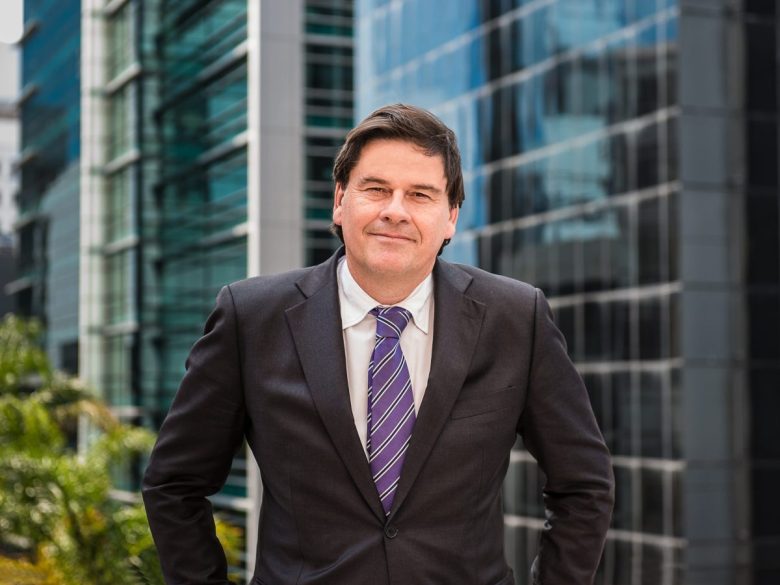
The national employer association the Australian Industry Group (Ai Group) has released its annual survey of CEO expectations and plans for 2022, with the key finding that Business leaders ‘cautiously optimistic’ for 2022.
The report identified that 79 per cent of CEO respondents are anticipating further disruption in 2022 from COVID-19. Almost half of respondents ranked COVID-19 as the leading inhibitor to growth in 2022.
Ai Group said this is despite the strong national effort over the second half of 2021 in achieving mass vaccination rates and reflects a recognition of the need for ongoing vigilance and adaption and the risks presented by new COVID variants.
In addition, the survey found that CEOs are also expecting further disruptions to their supply chains in 2022 – with only 17 per cent of respondents expecting improvements to supply chain impacts relative to 2021 and a further 31 per cent anticipating no change from the turmoil of 2021.
After feeling pressures from higher input prices in 2021, CEOs are anticipating further such pressures in 2022: 79 per cent anticipate further cost pressures and only one per cent are expecting input prices to abate in 2022.
Ai Group chief executive Innes Willox said, “On balance Australia’s business leaders are cautiously hopeful that 2022 will be a year of improved business conditions, moderate growth, and further employment creation.
“It is clear from the responses we received to our CEO survey from 346 business leaders that they are expecting their businesses to face fresh disruptions from COVID-19 in 2022. Businesses are moving to a ‘living with COVID’ footing after two years during which, as a nation, we bought time by isolating and then vaccinating ourselves.
“Business leaders expect to face additional supply chain interruptions and challenges as well as intensifying skill shortages across a wide range of occupations. In a federal election year, they will also be dealing with policy uncertainties.
“CEOs are expecting a continuation this year of the input cost pressures they experienced in 2021. As we discuss in the report, these expectations and their expectations of being able to pass some of these higher costs on to customers, puts business leaders at odds with the relatively benign inflation outlook anticipated by the official economic agencies. The inflation outlook is clearly a key area to watch over coming months.
“The cautious hopefulness of business leaders comes despite the seriousness of the disruptions they anticipate will characterise 2022 and is a vote of confidence in the strategies and investment priorities they anticipate deploying.”
Willox also mentioned that the report identifies that CEOs are particularly focused on five interrelated areas:
- Addressing supply chain disruptions by changes in inventory practices and supply arrangements;
- Introducing new products and services;
- Ameliorating skill shortages by investing in staff training and development;
- Continuing to introduce new technologies – with a particular focus on information and communication technologies; and,
- Raising their investments in physical capital.
“As we suggest in our report, these strategies and investment priorities are critical to our success as a country in transitioning to living with COVID and they are also positive directions for our nation’s successes in the longer-term,” he said.
“However, in view of the magnitude of the longer-term challenges – in particular, the well-entrenched deficiencies in productivity growth and business investment, it is clear that much needs to be done. In a federal election year, it is timely to point to the importance of our political leaders giving these underlying challenges the attention they deserve.”
Other key findings from the study include:
- Skills shortages ranked as the third most commonly nominated inhibitor of business growth in 2022 with almost three quarters (73 per cent) of business leaders anticipating difficulties in finding and retaining skilled staff over the course of 2022.
- The proportion of business leaders expecting to increase their workforce is over two and a half times larger than the share expecting employee numbers to fall.
- The proportion of CEOs expecting an increase in their turnover (57 per cent) is almost three times higher than the proportion anticipating a drop in their turnover (20 per cent) in the coming year.
Comment below to have your say on this story.
If you have a news story or tip-off, get in touch at editorial@sprinter.com.au.
Sign up to the Sprinter newsletter
